#Office room designer
Explore tagged Tumblr posts
Text
What are the latest sustainable designs from office room designers?
As environmental concerns continue to shape modern business practices, sustainable office design has emerged as a pivotal trend in creating eco-friendly workspaces. Office room designers are at the forefront of this movement, integrating innovative solutions that reduce environmental impact while enhancing functionality and aesthetics. Here’s a look at some of the latest sustainable designs from office room designers that are transforming office spaces into greener, more efficient environments.
1. Use of Recycled and Upcycled Materials
One of the most significant trends in sustainable office design is the use of recycled and upcycled materials. Office room designers are incorporating materials such as recycled steel, reclaimed wood, and repurposed glass into their designs. These materials not only reduce waste but also add unique character to office spaces. By choosing products with high recycled content or those that have been repurposed, designers contribute to a circular economy and lower the carbon footprint of office environments.
2. Energy-Efficient Lighting Solutions
Lighting is a critical aspect of sustainable office design. Office room designers are increasingly opting for energy-efficient lighting solutions, such as LED fixtures and smart lighting systems. LED lights consume significantly less energy and have a longer lifespan compared to traditional incandescent bulbs. Additionally, integrating smart lighting controls allows for automatic adjustment based on occupancy and natural light levels, further reducing energy consumption.
3. Green Building Certifications
Green building certifications, such as LEED (Leadership in Energy and Environmental Design) and BREEAM (Building Research Establishment Environmental Assessment Method), are becoming more prevalent in sustainable office design. Office room designers are working towards achieving these certifications by incorporating various green building practices. These include using low-VOC paints, installing energy-efficient HVAC systems, and implementing water-saving fixtures. Achieving such certifications not only demonstrates a commitment to sustainability but also enhances the overall value and performance of the building.
4. Biophilic Design Elements
Biophilic design, which integrates natural elements into the workspace, is a growing trend among office room designers. Incorporating features such as indoor plants, green walls, and natural lighting enhances the connection between employees and the natural environment. Biophilic design has been shown to improve air quality, reduce stress, and boost productivity. Designers are increasingly using these elements to create calming and health-promoting office environments.
5. Sustainable Furniture Choices
Sustainable furniture is a key component of modern office design. Office room designers are selecting furniture made from eco-friendly materials such as bamboo, recycled metal, and low-impact finishes. Additionally, modular and adaptable furniture designs reduce the need for frequent replacements and encourage a longer lifespan. By choosing furniture that is both sustainable and durable, designers contribute to a more responsible and eco-friendly office environment.
6. Energy-Efficient HVAC Systems
An energy-efficient HVAC (heating, ventilation, and air conditioning) system is essential for sustainable office design. Office room designers are integrating advanced HVAC technologies that optimize energy use and improve indoor air quality. Features such as programmable thermostats, energy recovery ventilators, and high-efficiency filters help reduce energy consumption and enhance the comfort of office spaces.
7. Water Conservation Measures
Water conservation is another crucial aspect of sustainable office design. Office room designers are incorporating water-saving fixtures such as low-flow faucets, toilets, and showerheads. Additionally, implementing rainwater harvesting systems and greywater recycling can further reduce water usage and promote sustainable practices within the office environment.
8. Sustainable Interior Finishes
Office room designers are also focusing on sustainable interior finishes. This includes using low-VOC paints, natural fibers for carpets, and eco-friendly wall coverings. These finishes not only improve indoor air quality but also reduce the environmental impact of office renovations and construction.
Conclusion
The latest sustainable designs from office room designers reflect a growing commitment to creating eco-friendly and efficient workspaces. By incorporating recycled materials, energy-efficient lighting, green building certifications, biophilic design elements, sustainable furniture, and advanced HVAC and water conservation technologies, designers are leading the charge in promoting sustainability in office environments. These innovations not only contribute to environmental preservation but also enhance the well-being and productivity of employees. For businesses looking to make a positive impact on both their workspace and the planet, partnering with an experienced office room designer is a key step towards achieving a sustainable and effective office design. One can achieve these by getting in touch with the renowned design and build firm such as Flipspaces, who can help you with the same.
0 notes
Text

100 Designers' Favorite Rooms, 1994
#vintage#interior design#home#vintage interior#architecture#home decor#style#1990s#living room#90s#home office#chaise#shag rug#library#bookshelves#desk#TV#contemporary#modern
672 notes
·
View notes
Text







House & Studio in Redhill, Australia - Zuzana&Nicholas
#Zuzana&Nicholas#architecture#design#building#modern architecture#interiors#minimal#house#concrete#house design#modern#contemporary design#home#studio#office#beautiful homes#cool design#functionality#steel#timber#sliding door#australia#hallway#home office decor#interior design#minimalist#garden#light#dining room#balcony
231 notes
·
View notes
Text

Follow if you love beautiful home designs!! ...> Shanon's Designs
🏠Pinterest
#interior decor#home interior#decor#interior decorating#interior#interiors#home decor#interior design#home design#living room design#book shelves#home office
74 notes
·
View notes
Text

@leestantonla
#architecture#furniture#interior design#interiors#vintage interior#decor#home#home & lifestyle#work desk#flowers#interior architecture#interiorinspiration#lighting#home office#living room#living spaces
300 notes
·
View notes
Text

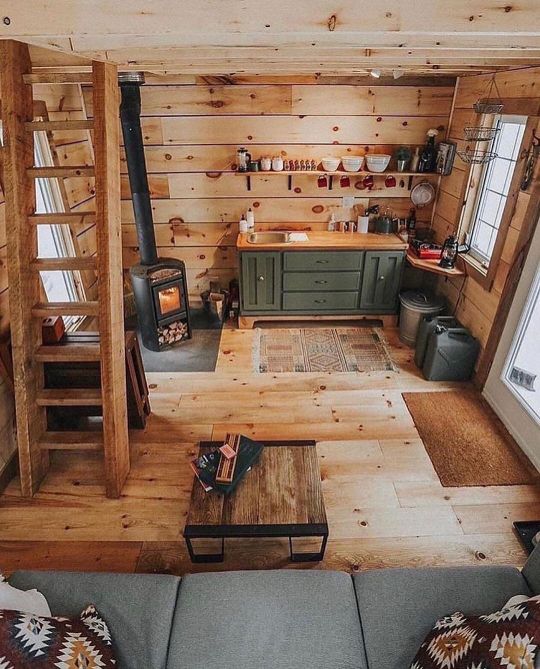



#home office#home improvement#home decorating#home#home decor#homestuck#welcome home#homedesign#home & lifestyle#living room#home for sale#home business#home sweet home#architettura#architect#interior decorating#interior design#interiors
663 notes
·
View notes
Text










#Wykeham House#victorian home#victorian#living room#interior design#interior#bedroom#dining room#kitchen#bathroom#simple#minimalist interiors#minimalist#study#workspace#home office
43 notes
·
View notes
Text

#interior design#architecture#art#minimal#simplicity#interior#minimalism#design#modernism#contemporary art#new contemporary#contemporary decor#contemporary design#minimalistic#minimalist style#minimalist living room#minimalist#modern retro#home design#ts4 interior#interiorstyling#home interior#interior decorating#interiors#decor#living room#home decor#office space#office#workspace
37 notes
·
View notes
Text

56 notes
·
View notes
Text
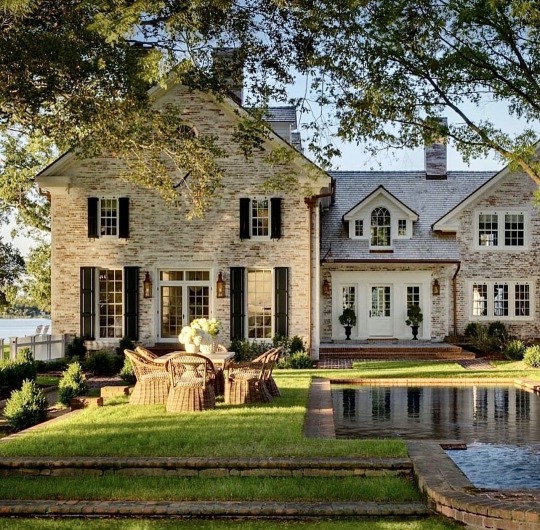

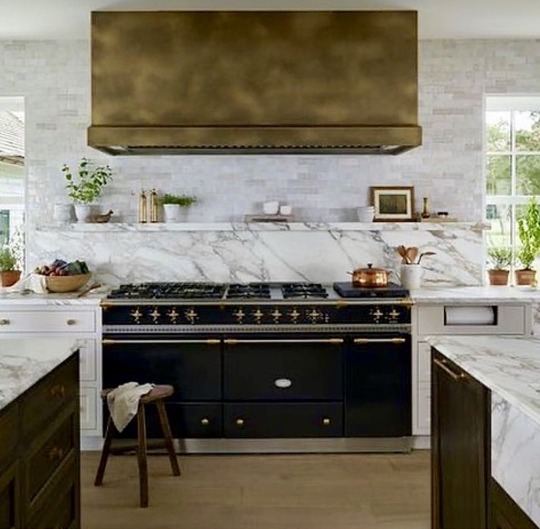
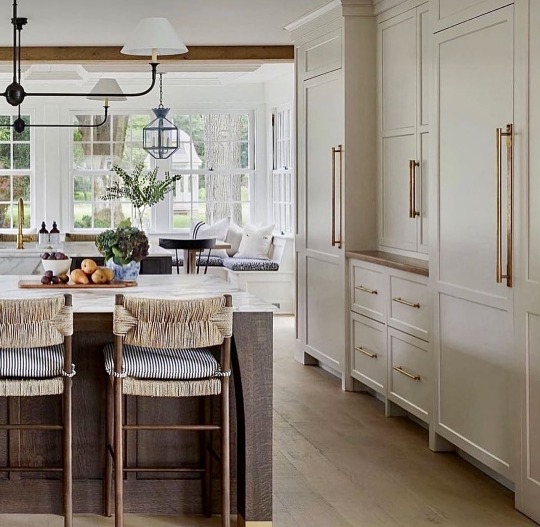
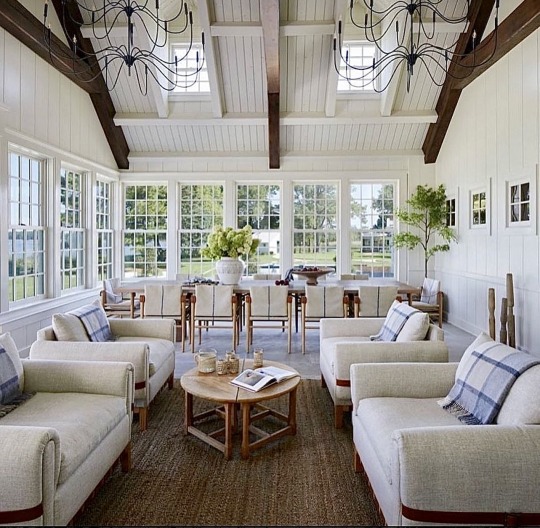

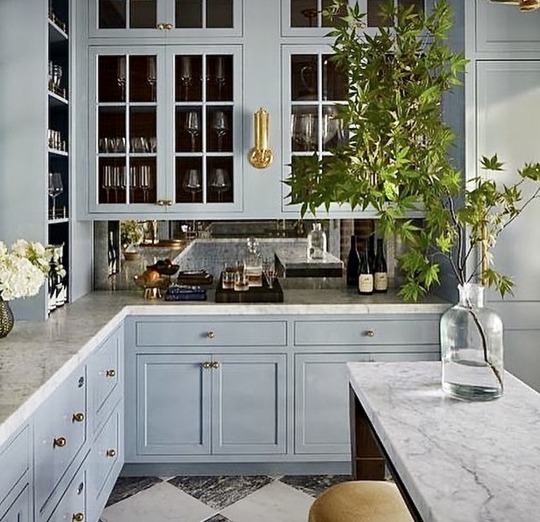

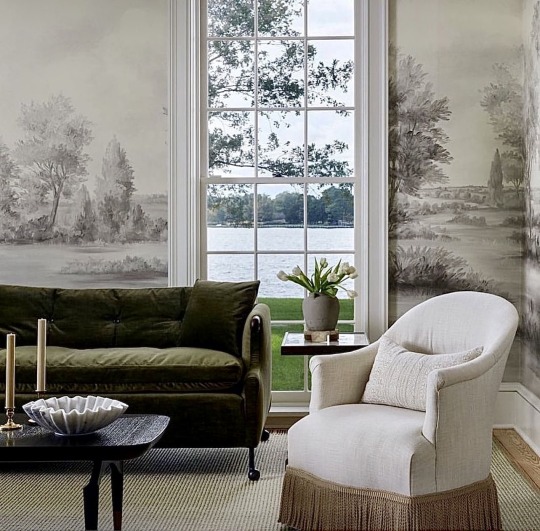
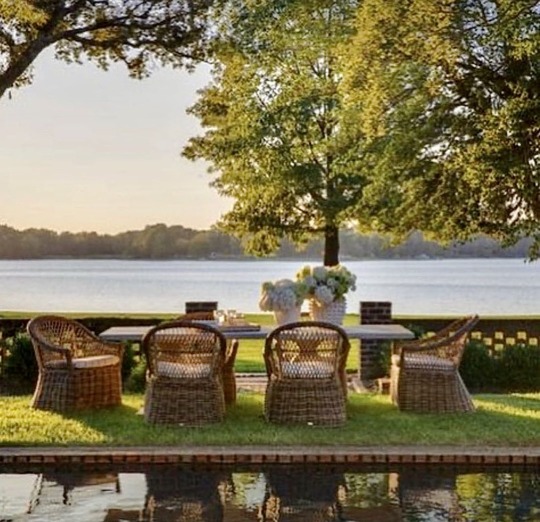
IG beckiowens: design: @sweethome
#colonial home#architecture#lake home#interior design#kitchen#pantry#kitchen island#range#range hood#great room#vaulted ceilings#home office#original character#wall murals#formal living room#outdoor space#swimming pool#owners bath#freestang tub#dormers#gables#brick#shutters#buttress#carved beams
253 notes
·
View notes
Text
How does an office room designer personalize workspace designs?
In today’s diverse work environment, personalization has become a key factor in creating productive and engaging office spaces. An office room designer plays a crucial role in tailoring workspace designs to fit the unique needs and preferences of individual employees and teams. By focusing on personalization, office designers enhance comfort, functionality, and overall job satisfaction. Here’s a closer look at how an office room designer personalizes workspace designs to meet specific needs.
1. Understanding Client Needs and Preferences
The process of personalizing workspace designs begins with a thorough understanding of the client’s needs and preferences. Office room designers engage in detailed consultations with clients to gather information about their work styles, company culture, and specific requirements. This may include discussing preferred color schemes, ergonomic needs, and the types of tasks performed. By aligning the design with these insights, designers create spaces that truly reflect and support the user’s daily activities.
2. Customizing Furniture and Layouts
One of the primary ways an office room designer personalizes a workspace is through the selection and arrangement of furniture. Customizing furniture to meet individual or team needs involves choosing pieces that fit specific ergonomic requirements and preferences. For instance, an office designer might select adjustable chairs and desks to accommodate varying heights and postures or incorporate modular furniture that can be reconfigured as needed. Personalized layouts ensure that workstations are optimized for both comfort and efficiency.
3. Incorporating Branding and Identity
Personalization extends beyond functionality to include branding and identity. Office room designers integrate elements that reflect the company’s brand and culture, creating a cohesive and inspiring environment. This can involve using company colors, logos, and themes in the design. Custom artwork, branded signage, and unique design features help reinforce the company’s identity and create a sense of belonging for employees.
4. Creating Collaborative and Private Spaces
Personalized office design also involves creating a balance between collaborative and private spaces. Office room designers assess how teams interact and work together to design areas that facilitate both group activities and individual focus. Collaborative spaces may include open-plan areas with flexible seating arrangements, while private spaces can be designed with soundproofing and comfortable furnishings for focused work. This approach ensures that employees have access to the types of spaces that best suit their work styles.
5. Enhancing Aesthetics and Comfort
Personalization in office design also involves enhancing the aesthetic appeal and comfort of the workspace. Office room designers select colors, textures, and materials that align with the preferences of the users while creating a visually pleasing environment. Comfortable seating, proper lighting, and thoughtful decor contribute to a positive and enjoyable workspace. Personalized aesthetics make the office feel more like a second home and boost overall employee morale.
6. Integrating Technology and Flexibility
Modern workspaces often require the integration of advanced technology. Office room designers personalize workspaces by incorporating tech solutions that cater to specific needs. This may include built-in charging stations, smart lighting controls, and integrated multimedia systems. Additionally, flexibility is key in today’s dynamic work environment. Designers create adaptable spaces with modular furniture and movable partitions that can be easily reconfigured to meet changing needs.
7. Focusing on Well-being and Ergonomics
A personalized workspace design prioritizes employee well-being and ergonomics. Office room designers incorporate ergonomic furniture and accessories that support healthy work habits and prevent strain. Personalized adjustments, such as adjustable monitor stands and keyboard trays, ensure that workstations are tailored to individual comfort levels. Additionally, elements like biophilic design, which includes natural plants and elements, contribute to a calming and health-promoting environment.
Conclusion
An office room designer’s role in personalizing workspace designs is essential for creating environments that cater to individual and team needs. By understanding client preferences, customizing furniture and layouts, incorporating branding, and focusing on aesthetics, technology, and well-being, designers create spaces that enhance productivity and job satisfaction. Personalization in office design not only improves comfort and functionality but also fosters a positive and engaging work environment. For businesses looking to optimize their office spaces, consulting with an experienced office room designer is a crucial step in achieving a truly personalized and effective workspace. One can achieve these by getting in touch with the renowned design and build firm such as Flipspaces, who can help you with the same.
0 notes
Text

This living area provides places that can do double duty. The hearth, for example, can become extra seating with the addition of cushions.
The Not So Big House - A Blueprint for the Way We Really Live, 1998
#vintage#interior design#home#vintage interior#architecture#home decor#style#1990s#living room#90s#Eames#chair#fireplace#hearth#TV#picture#home office#wood paneling#light oak#contemporary
233 notes
·
View notes
Text







Workshop House, La Paisanita, Argentina - Agustín Berzero & Manuel Gonzalez Veglia
#Agustín Berzero & Manuel Gonzalez Veglia#architecture#design#building#modern architecture#interiors#minimal#house#concrete#house design#modern#brutalist#landscape#nature#slope#trees#balcony#roof terrace#workshop#home office#timber cladding#hammock#cool houses#beautiful design#living room#kitchen#views#design blog#south america#argentina
221 notes
·
View notes
Text

Follow if you love beautiful home designs!! ...> Shanon's Designs
#decor#interior decor#interior decorating#interior#interiors#living room design#home interior#home decor#home design#interior design#chick office decor#office decor#home office
23 notes
·
View notes
Text
















Stargarden by Futima Design Office (2002)
#2002#2000s#02#00s#architecture#art#blue#cybercore#cyber y2k#decor#design#fumita design office inc.#japan#kaybug#photography#photos#room decor#room#shibuya#tokyo#white#y2kcore#y2kore#y2k aesthetic#y2k core#y2k cyber#y2k design#y2k futurism#y2k
118 notes
·
View notes
Text










Silly pics
25 notes
·
View notes